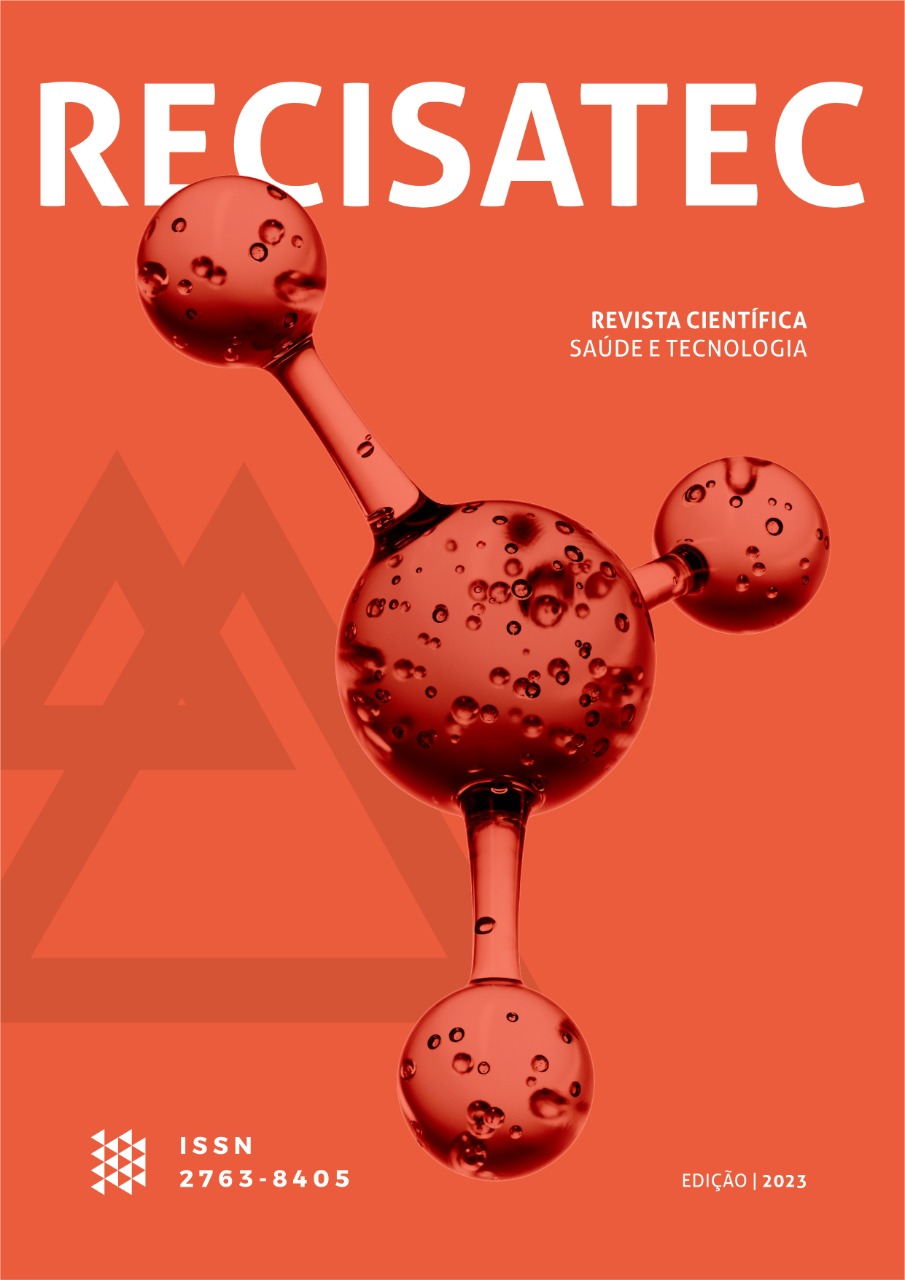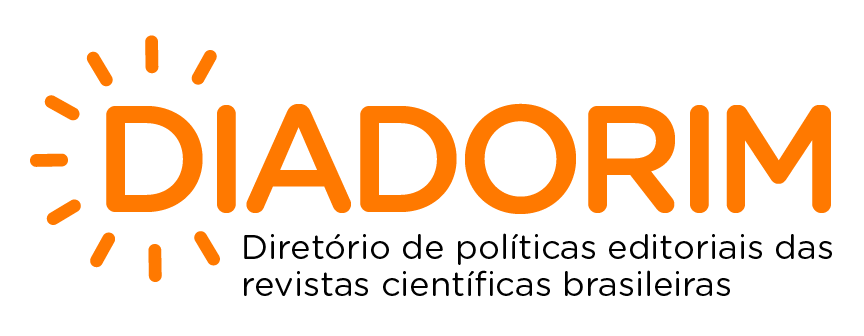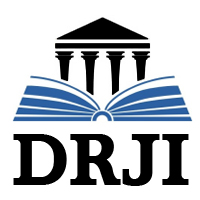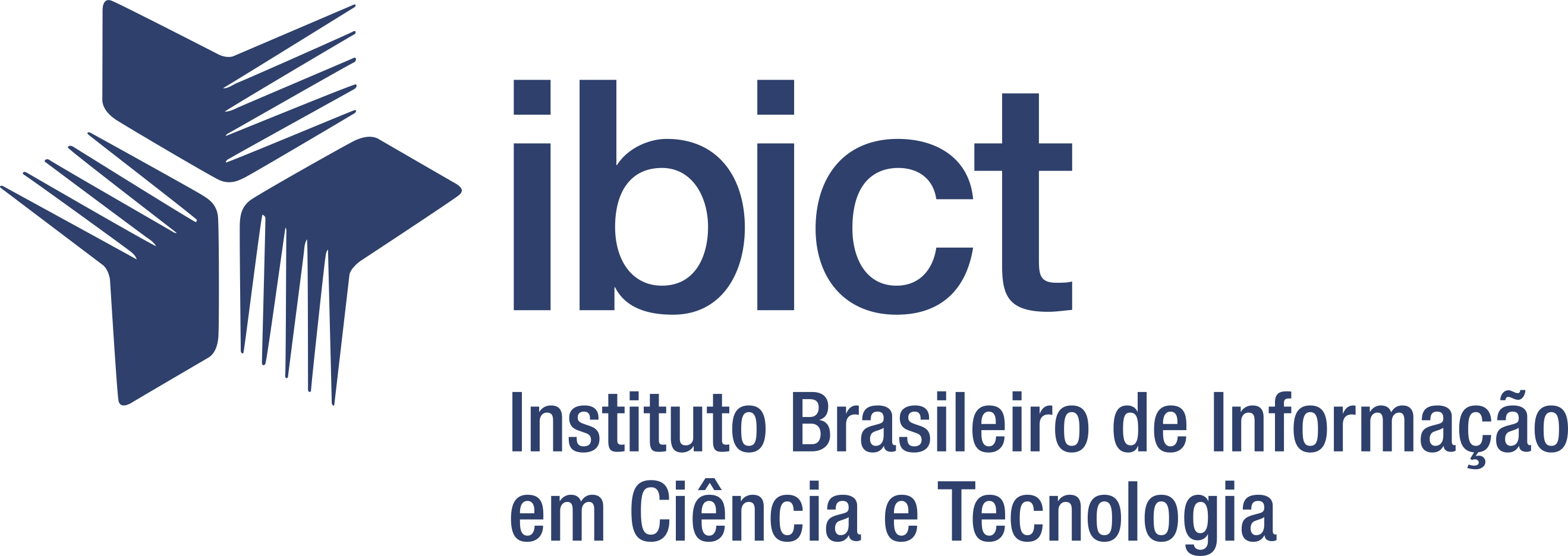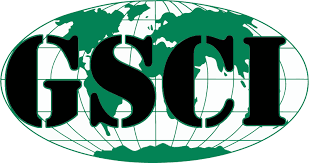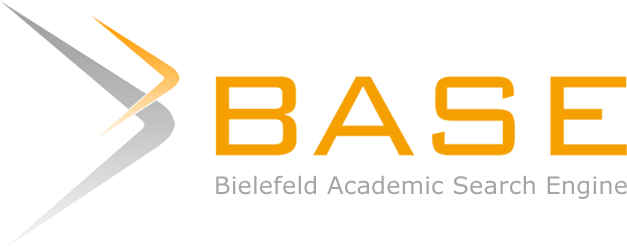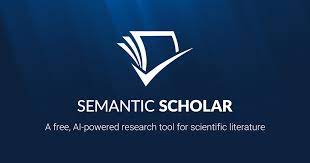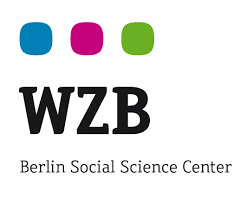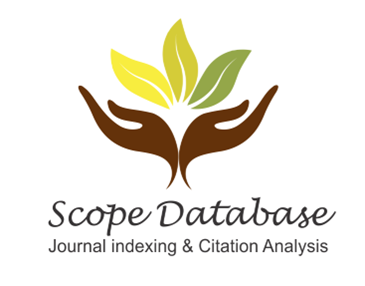LA NECESIDAD DE LA MULTIDISCIPLINARIEDAD EN EL TRATAMIENTO DE LOS RESPIRADORES BUCALES
DOI:
https://doi.org/10.53612/recisatec.v3i6.286Palabras clave:
Diagnóstico, Equipo multidisciplinario, Respirador bucal, TratamientoResumen
La respiración bucal (MB) es un trastorno patológico que se caracteriza por diversos grados de obstrucción de las vías respiratorias superiores y puede afectar el desarrollo orofacial, el habla, la nutrición y la postura corporal, cuyo diagnóstico y tratamiento depende de un equipo multidisciplinario. El objetivo de este artículo fue revisar la literatura sobre la importancia de la intervención multidisciplinar en el tratamiento de la respiración bucal. La metodología utilizada fue la revisión de literatura descriptiva, a través de consultas con materiales ya publicados (2010-2022) y disponibles en las bases de datos PubMed, Scielo EMBASE. Los hallazgos del estudio sugieren que la respiración bucal produce daños de diversa índole: deformaciones óseas en la cara, alteraciones cardiorrespiratorias, inmunológicas, conductuales, cognitivas y de socialización, por lo que se enfatiza la necesidad de un seguimiento multidisciplinario de estos pacientes , con el fin de prevenir efectos adversos y mejorar el desarrollo integral de las personas, optimizando consecuentemente la calidad de vida.
Descargas
Citas
Hitos SF, et al. Oral breathing and speech disorders in children. J Pediatr. 2013;89:361–5.
Ribeiro GCA, et al. The influence of breathing mode on the learning process: A systematic review of the literature. Braz J Otorhinolaryngol. 2016;82:466–78. DOI: https://doi.org/10.1016/j.bjorl.2015.08.026
Alhazmi WA. Mouth Breathing and Speech Disorders: A Multidisciplinary Evaluation Based on The Etiology. J Pharm Bioallied Sci. 2022 Jul;14(Suppl 1):S911-S916. DOI: https://doi.org/10.4103/jpbs.jpbs_235_22
Marques OS, TDAH Ou Síndrome do Respirador Bucal? Constr. psicopedag. v.27 n.28 São Paulo 2019.
Hitos, S.F., et al. Oral breathing and speech disorders in children. J Pediatr. 2013, 89:361–5. DOI: https://doi.org/10.1016/j.jped.2012.12.007
Lin L., et al. The impact of mouth breathing on dentofacial development: A concise review. Front Public Health. 2022, 8(10):929165. DOI: https://doi.org/10.3389/fpubh.2022.929165
Milanesi JM., et al. Variables associated with mouth breathing diagnosis in children based on a multidisciplinary assessment. Codas. 2018(30):e20170071. DOI: https://doi.org/10.1590/2317-1782/20182017071
Pereira TC, Furlan RMMM, Motta AR. Relationship between mouth breathing etiology and maximum tongue pressure. Codas. 2019, 31(2):e20180099–e20180099. DOI: https://doi.org/10.1590/2317-1782/20182018099
Zhao, Z., et al.. Effects of mouth breathing on facial skeletal development in children: a systematic review and meta-analysis. BMC Oral Health. 2021, 21(1):108-120.
Bommangoudar JS, et al. Pedodontist's role in managing speech impairments due to structural imperfections and oral habits: A literature review. Int J Clin Pediatr Dent. 2020;13:85–90. DOI: https://doi.org/10.5005/jp-journals-10005-1745
Grippaudo C., et al. Association between oral habits, mouth breathing and malocclusion. Acta Otorhinolaryngol Ital. 2016, 36(5):386-394. DOI: https://doi.org/10.14639/0392-100X-770
Ianni Filho D, et al. Contribuição multidisciplinar no diagnóstico e no tratamento das obstruções da nasofaringe e da respiração bucal. R Clin Ortodon Dental Press, Maringá, 2006, 4(6).
Cunha TMA, Mendes CMC. Implicações sistêmicas e conduta clínica da síndrome do respirador bucal: revisão da literatura. Revista De Ciências Médicas E Biológicas, 2014, 13(3)388–392.
Swain SK, Sahu MC, Jena A. Congenital choanal atresia: Our experiences in a tertiary care teaching hospital in eastern India. Pediatr Pol. 2018, 93:57–61, 2018. DOI: https://doi.org/10.5114/polp.2018.74763
Harari D, et al. The effect of mouth breathing versus nasal breathing on dentofacial and craniofacial development in orthodontic patients. Laryngoscope. 2010;120:2089–2093. DOI: https://doi.org/10.1002/lary.20991
Galeotti A, et al.. Prevalence of malocclusion in children with obstructive sleep apnoea. Orthod Craniofac Res. 2018 (21):242–7. DOI: https://doi.org/10.1111/ocr.12242
Agostinho HA, et al. Cephalometric evaluation of children with allergic rhinitis and mouth breathing. Acta Med Port. 2015;28:316–21. DOI: https://doi.org/10.20344/amp.5556
Frasson JM, et al. Comparative cephalometric study between nasal and predominantly mouth breathers. Braz J Otorhinolaryngol. 2015;72:72–81. DOI: https://doi.org/10.1016/S1808-8694(15)30037-9
Burzlaff JB. Odontologia miofuncional: o caminho da integralidade. Porto Alegre, RS: Angela D’Ornelas Ponsi/Conto: 2021.
Oliveira C, Pimenta EO. Síndrome da respiração bucal: causas e características gerais. 2022. Universidade de Taubaté, 2022.
El Aouame A, Daoui A, El Quars F. Nasal breathing and the vertical dimension: a cephalometric study. Int Orthod. 2016 (14):491–502. DOI: https://doi.org/10.1016/j.ortho.2016.10.009
Chambi-Rocha A., et al. Breathing mode influence on craniofacial development and head posture. J Pediatr. 2018 (2):123–130. DOI: https://doi.org/10.1016/j.jped.2017.05.007
Chung Leng Munoz I., Beltri Orta P. Comparison of cephalometric patterns in mouth breathing and nose breathing children. Int J Pediatr Otorhinolaryngol. 2014,78(7):1167–1172. DOI: https://doi.org/10.1016/j.ijporl.2014.04.046
Zheng W, et al. Facial morphological characteristics of mouth breathers vs. nasal breathers: A systematic review and meta-analysis of lateral cephalometric data. Exp Ther Med. 2020 Jun;19(6):3738-3750. DOI: https://doi.org/10.3892/etm.2020.8611
Tamkin J. Impact of Airway Dysfunction on Dental Health. Bioinformation. 2020;16:26–29. DOI: https://doi.org/10.6026/97320630016026
Jung JY, Kang CK. Investigation on the Effect of Oral Breathing on Cognitive Activity Using Functional Brain Imaging. Healthcare (Basel). 2021 May 29;9(6):645. DOI: https://doi.org/10.3390/healthcare9060645
Kang J.M., et al. Comparison of Psychiatric Symptoms in Patients with Obstructive Sleep Apnea, Simple Snoring, and Normal Controls. Psychosom. Med. 2018;80:193–199. DOI: https://doi.org/10.1097/PSY.0000000000000541
Lee K.-J., et al. Signals during Mouth Breathing in a Working Memory Task. Int. J. Neurosci. 2020;130:425–434. DOI: https://doi.org/10.1080/00207454.2019.1667787
Tsubamoto-Sano N., et al. Influences of Mouth Breathing on Memory and Learning Ability in Growing Rats. J. Oral Sci. 2019;61:119–124. DOI: https://doi.org/10.2334/josnusd.18-0006
Arshamian A., et al. Respiration Modulates Olfactory Memory Consolidation in Humans. J. Neurosci. 2018;38:10286–10294. DOI: https://doi.org/10.1523/JNEUROSCI.3360-17.2018
Sano M., et al. Increased Oxygen Load in the Prefrontal Cortex from Mouth Breathing: A Vector-Based near-Infrared Spectroscopy Study. NeuroReport. 2013;24:935–940. DOI: https://doi.org/10.1097/WNR.0000000000000008
Habumugisha J, et al. A non-randomized concurrent controlled trial of myofunctional treatment in the mixed dentition children with functional mouth breathing assessed by cephalometric radiographs and study models. BMC Pediatr. 2022 Aug 25;22(1):506. DOI: https://doi.org/10.1186/s12887-022-03559-w
Zhao Z, et al. Effects of mouth breathing on facial skeletal development in children: a systematic review and meta-analysis. BMC Oral Health. 2021 Mar 10;21(1):108. DOI: https://doi.org/10.1186/s12903-021-01458-7
Araújo BCL, et al. Association Between Mouth Breathing and Asthma: a Systematic Review and Meta-analysis. Curr Allergy Asthma Rep. 2020 May 19;20(7):24. DOI: https://doi.org/10.1007/s11882-020-00921-9
Lima ACD, et al. Sensory changes in mouth breathers: systematic review based on the prisma method. Rev Paul Pediatr. 2019 Jan-Mar;37(1):97-103. DOI: https://doi.org/10.1590/1984-0462/;2019;37;1;00012
França NBM, et al. Benefits of physical therapy in the quality of life of mouth breathing children: Literature review. BJHBS 2019, 18(1):55-64 DOI: https://doi.org/10.12957/bjhbs.2019.53477
Fraga WS, et al. Mouth breathing in children and its impact in dental malocclusion: a systematic review of observational studies. Minerva Stomatol. 2018 Jun;67(3):129-138. DOI: https://doi.org/10.23736/S0026-4970.18.04015-3
da Cunha T de M A., Mendes CMC. Implicações sistêmicas e conduta clínica da síndrome do respirador bucal: revisão da literatura. Revista De Ciências Médicas E Biológicas, 2014,13(3), 388–392. DOI: https://doi.org/10.9771/cmbio.v13i3.12953
Kajihara OT, Nishimura CM. Respiração oral: um fator que pode prejudicar a aprendizagem da matemática. Periódico do Programa de Pós-Graduação em Educação da UCDB 2012 (33): 101-118.
Junqueira P, et al. Speech-language pathology findings in patients with mouth breathing: multidisciplinary diagnosis according to etiology. Int J Orofacial Myology. 2010 Nov;36:27-32. DOI: https://doi.org/10.52010/ijom.2010.36.1.3
Descargas
Publicado
Cómo citar
Número
Sección
Categorías
Licencia
Derechos de autor 2023 RECISATEC - REVISTA CIENTÍFICA SALUD Y TECNOLOGÍA

Esta obra está bajo una licencia internacional Creative Commons Atribución 4.0.
Os direitos autorais dos artigos/resenhas/TCCs publicados pertecem à revista RECISATEC, e seguem o padrão Creative Commons (CC BY 4.0), permitindo a cópia ou reprodução, desde que cite a fonte e respeite os direitos dos autores e contenham menção aos mesmos nos créditos. Toda e qualquer obra publicada na revista, seu conteúdo é de responsabilidade dos autores, cabendo a RECISATEC apenas ser o veículo de divulgação, seguindo os padrões nacionais e internacionais de publicação.

